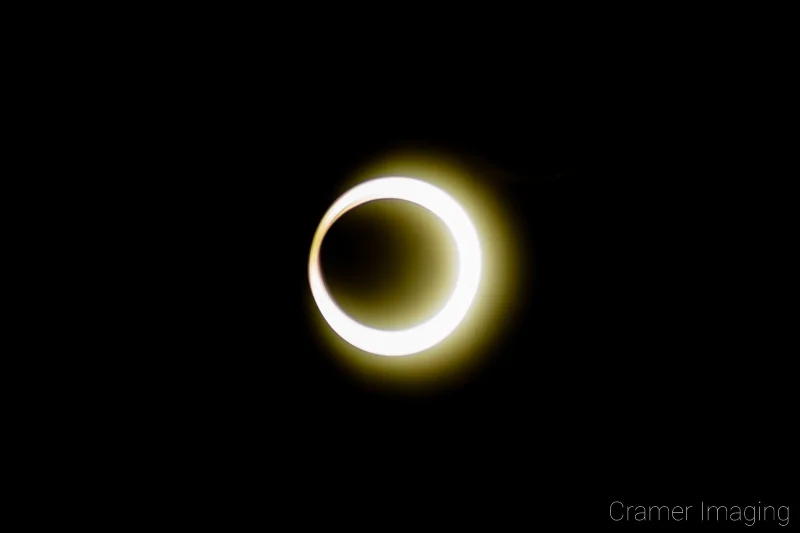Have you ever tried to accomplish something only to realize just how close you were to failing? If one tiny detail was different, then you would have walked down a completely different path into failure. Perhaps it would cost you money. It will certainly cost you time and frustration. This is the case for all great photography too. If you’re wondering why, let’s discuss the idea.

Lately, I’ve been thinking about my photography. There’s been a few times where I almost or completely ruined a shot. When that happens, I try and analyze why and then incorporate behaviors and thought processes to prevent that from happening in the future. So, when I stumbled across this quote, I understood it perfectly.
Great photography is always on the edge of failure.
-Garry Winogrand
Especially early on, but even still today, there were many times when I had what appeared to be a perfect shot in front of my camera. However, for reasons, I didn’t capture that perfect shot in spite of my efforts. It’s frustrating and even heartbreaking. But it happens. Here’s a list of reasons why some of my “great photography” failed. It’s not a complete list and grows every day.

- soft or out-of-focus image
- chose the wrong focal point for the image
- forgot a memory card
- low battery and no spare
- dropped gear in the water
- tripod is wearing out and won’t keep my camera steady
- camera doesn’t handle noise in high ISO well
- the requirements for taking the photo properly exceed what my current gear can do
- I was too busy on another scene and missed the window
- the rainbow was in the wrong direction
- great sky but no good foreground
- didn’t re-adjust camera settings from the last shoot

All of these examples are real problems which kept me from great photography, or at least what seemed great at the time. Some of them are gear problems and limitations. While easy to solve, the solution is often expensive. Other hangups are simply me forgetting to double check on something I should. Those are perhaps the most frustrating of all. I can correct things like a crooked horizon line in Lightroom. However, there’s no fixing a forgotten memory card.
Let’s compare a recent example for me of great photography being so close to failing: the 2023 “Ring of Fire” annular eclipse. My first eclipse attempt in 2017 was a failure. It was a lack of education and preparedness of gear which made it fail. The 2023 eclipse was just as close to failing but for different reasons. I wanted a timelapse so that meant taking multiple shots over the course of the event. Partway through, I realized that my camera was sliding out of focus on the sun. Had I let it continue, that would have ruined all photos of the timelapse, including during annularity.


There were light clouds slightly obscuring the sun in 2023. But compare the motion blur failure of the diamond ring from 2017 and the success of the ring of fire from 2023. Now, think of what my photos would have looked like if I didn’t correct that focal issue early on. I would have ruined the entire shoot. However, because I corrected the problem, I also have these beauties to share too.
Capturing the sun and moon right for these shots was down to the balance of a hair. It could have gone badly. However, it did not and I walked away with eclipse photos which I definitely call “great photography.” The internet seems to agree as I received lots of positive attention when I shared these and other eclipse photos.
Another example of almost failing but still succeeding is this landscape photo of Capitol Reef National Park’s Gifford barn.
I know you can’t see it because I deliberately placed the barn in the way, but there’s a travel van in the Gifford House parking lot. It ruined the shot I wanted that day. I wanted this shot below instead.
In this second shot, the parking lot is visible but you don’t notice anything because it is empty. Since that travel van seemed parked for the night (or at least for a while) and the sun was setting, I didn’t get the shot I wanted. I failed. But because I was flexible and moved locations, I still succeeded and walked away with a different but still striking and beautiful landscape photo of the barn.
It really is just like Garry Winogrand said: “Great photography is always at the edge of failure.” Sometimes you can adjust and succeed. Other times you can re-shoot and succeed. However, just like the eclipses above, sometimes you just can’t do anything no matter what. As a photographer, I must take that into consideration. If not, then I will end up ruining many an otherwise great photo.







